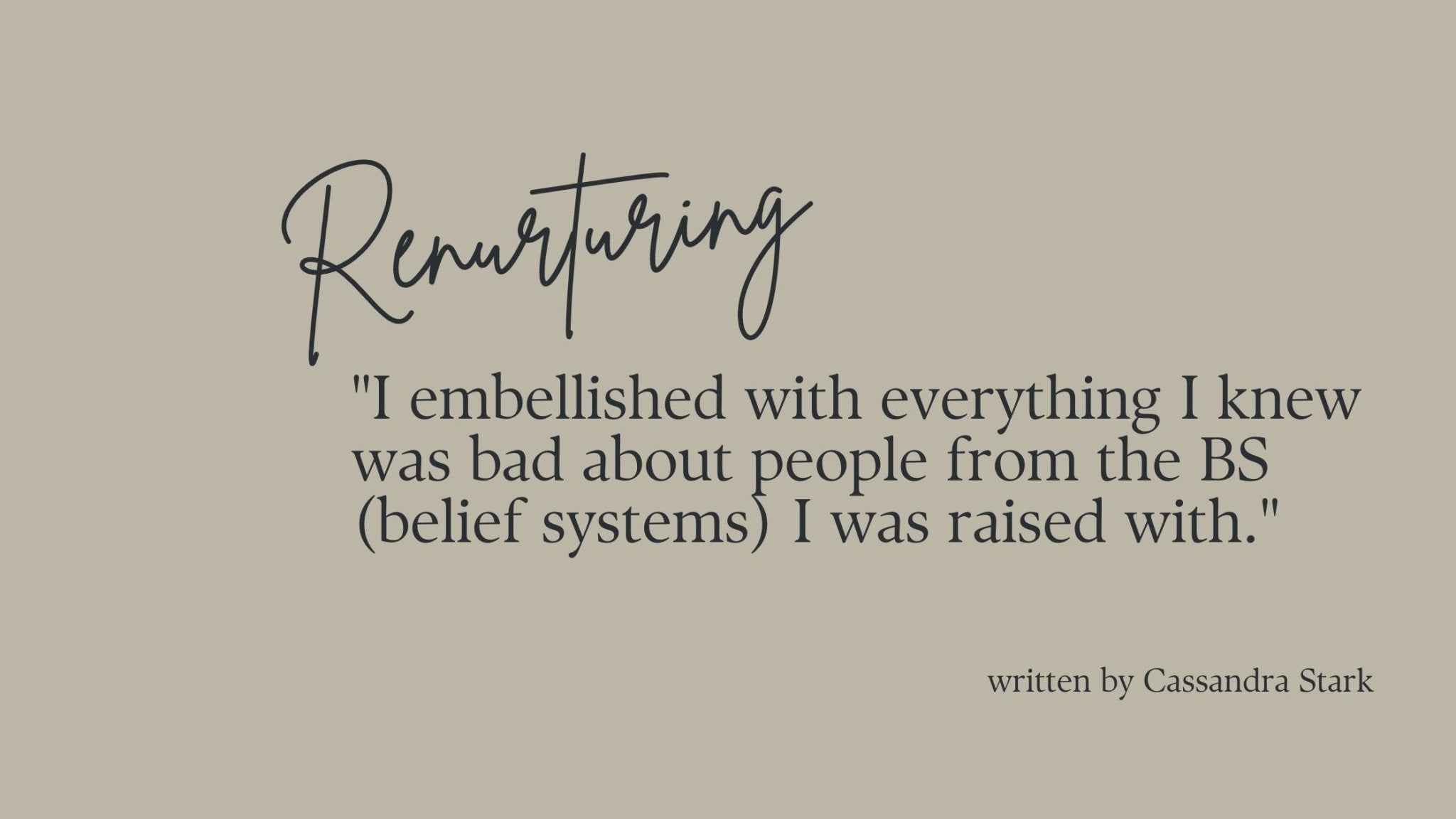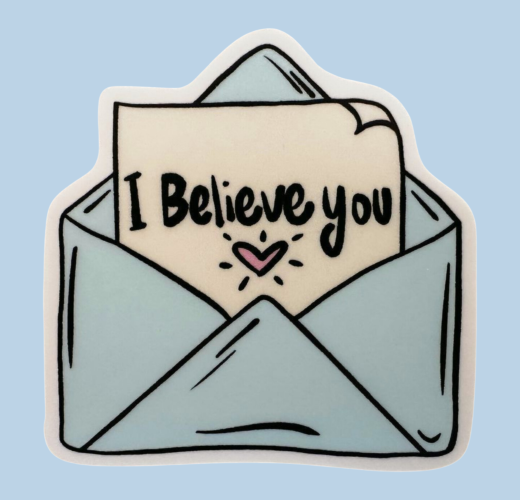If you ever find yourself struggling to understand why someone does something differently from how you would do it, this could be evidence of hypervigilance. In those moments, pause and ask yourself: What does doing it "their way" save you from? On the surface, the answer might seem simple—time. But don't stop there. Why is saving time so important to you? You might be tempted to respond, "Because there isn't enough of it."
But be still. Dig deeper. Trust the process.
How does it feel to waste time? Why? Show up for yourself with understanding. Consider revisiting a story from your past about what happened when you felt you wasted time. Ask yourself, what need are you fulfilling by trying to control, discuss, or understand someone else's narrative by imposing your "need to" onto their life?
At the core, there's likely a need for protection, which ties to a core need for safety.
Continue this practice by thinking deeply and allowing yourself to feel safe in the stillness of this storyline.
Ask yourself: Why is it so important for me not to waste time, to the point that I feel certain emotions when others don't use their time the way I think they should? Why is fulfilling this need so crucial to me? What memory does this bring up? Where did this behavior, rooted in the belief that time should be controlled or used a certain way, begin? Who does this remind me of?
As you answer these questions, consider how you can show up for yourself to heal this storyline.
Acknowledge what this behavior has done for you in terms of safety, but also recognize the need for release if it no longer serves you.
Why doesn't it serve you anymore? Because holding onto the "need to" narrative is causing you to drop "need to" bombs all over your chances for fulfilled, joyful presence by feeling extreme emotions about someone else.
Why? Because, deep down, you've learned and now believe that someone might feel that way about you if you don't do _______.
Continue to bravely ask "why" until you Know.
Keep revisiting these storylines as they arise, especially when you catch yourself getting involved—even just in your own head—with other people's "need to's."
Remember, no one needs to do anything. They don't need to clean their room. In fact, they don't even need to stay alive, take care of themselves, or protect themselves.
Why? Because the "need to" vernacular is externalized. It is stress endured. It is forceful and leaves huge gaps in our psyche for adrenal fatigue, stress response, gaslighting, manipulation, and more.
Be still long enough, and you'll start to understand yourself.
Understand yourself, and you'll fulfill a need for recognition and validation.
When you fulfill that need for yourself, rather than externalizing it, your world transforms into an endless red carpet of empowered choices.
CHOICES may result in the same actions, but they are not "need to's." They are intrinsically choices. You CAN. You also don’t have to.
Add this to your KNOWING.
But be still. Dig deeper. Trust the process.
The Emotional Impact of Wasting Time
How does it feel to waste time? Why? Show up for yourself with understanding. Consider revisiting a story from your past about what happened when you felt you wasted time. Ask yourself, what need are you fulfilling by trying to control, discuss, or understand someone else's narrative by imposing your "need to" onto their life?
At the core, there's likely a need for protection, which ties to a core need for safety.
Revisiting Past Storylines: The Key to Self-Healing
Continue this practice by thinking deeply and allowing yourself to feel safe in the stillness of this storyline.
Ask yourself: Why is it so important for me not to waste time, to the point that I feel certain emotions when others don't use their time the way I think they should? Why is fulfilling this need so crucial to me? What memory does this bring up? Where did this behavior, rooted in the belief that time should be controlled or used a certain way, begin? Who does this remind me of?
How to Heal the "Need to" Storyline
As you answer these questions, consider how you can show up for yourself to heal this storyline.
Acknowledge what this behavior has done for you in terms of safety, but also recognize the need for release if it no longer serves you.
Why doesn't it serve you anymore? Because holding onto the "need to" narrative is causing you to drop "need to" bombs all over your chances for fulfilled, joyful presence by feeling extreme emotions about someone else.
Why? Because, deep down, you've learned and now believe that someone might feel that way about you if you don't do _______.
Shifting from "Need to" to Empowered Choices
Continue to bravely ask "why" until you Know.
Keep revisiting these storylines as they arise, especially when you catch yourself getting involved—even just in your own head—with other people's "need to's."
Remember, no one needs to do anything. They don't need to clean their room. In fact, they don't even need to stay alive, take care of themselves, or protect themselves.
Why? Because the "need to" vernacular is externalized. It is stress endured. It is forceful and leaves huge gaps in our psyche for adrenal fatigue, stress response, gaslighting, manipulation, and more.
The Power of Understanding Yourself
Be still long enough, and you'll start to understand yourself.
Understand yourself, and you'll fulfill a need for recognition and validation.
When you fulfill that need for yourself, rather than externalizing it, your world transforms into an endless red carpet of empowered choices.
CHOICES may result in the same actions, but they are not "need to's." They are intrinsically choices. You CAN. You also don’t have to.
Add this to your KNOWING.









Leave a comment